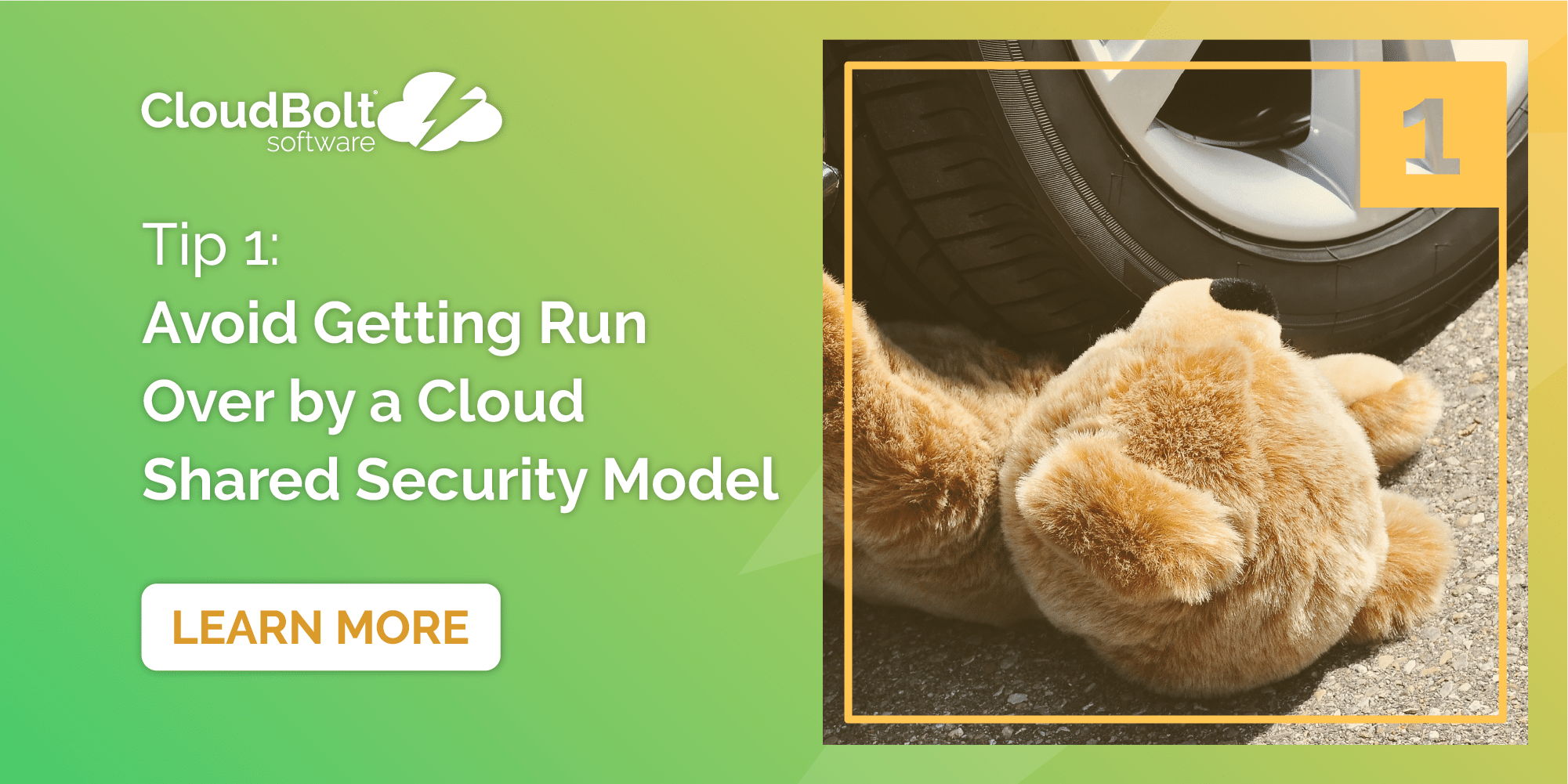Cloud Security Essentials: Avoid Getting Run Over by a Cloud Shared Security Model

Where are you in your public cloud security optimization journey?
Public cloud adoption is exploding. Gartner forecasts worldwide public cloud end-user spending to grow 18% in 2021 to $304.9 billion. Organizations are taking hybrid and multi-cloud approaches to digitally innovate, modernize processes, build efficiencies, and collaborate among teams. With the right public cloud approach, your development team can get the resources they need fast to move your enterprise forward.
But with any technology, there is risk. Security breaches happen, and the proliferation of public cloud has given rise to shadow IT and other threats to your critical data and infrastructure.
To help your organization make sense of the current public cloud security landscape, and provide advice on how best to navigate it, we’ve created our new eBook 7 Essentials for Public Cloud Security Optimization, which you can read for free anytime.
This is the first post in a weekly blog series examining each of the seven essentials. This week, we’re taking a look at Essential #1: Avoid Getting Run Over by a Cloud Shared Security Model.
Essential #1: Avoid Getting Run Over by a Cloud Shared Security Model
In the world of public cloud, it’s important to remember that security is a two-way street. The security onus does not fall solely on the platform vendor, nor does it fall solely on the end customer. This is why the Cloud Shared Security Model exists. However, there are obligations you must meet in order to keep your data safe and in the right hands. The key is knowing what parts you are responsible for as a user and what parts the cloud platform provider must do. And, you can’t forget about app security either.
Know your responsibility as a customer. For your public cloud, have you turned on important features such as
multi-factor authentication or set up all of your root account capabilities? Don’t underestimate the fundamentals of good security on your side of the equation. Are you cloud services configured correctly? And what about that relationship with your applications in your environment?
It’s time to get your cloud security optimization in gear. Book your demo of CloudBolt’s security optimization solutions now.
Related Blogs

The Future of Cloud Cost Management and Optimization is Here with CloudBolt
It’s an exciting time to be in the Cloud Cost Management and Optimization space. The landscape is quickly changing as…

